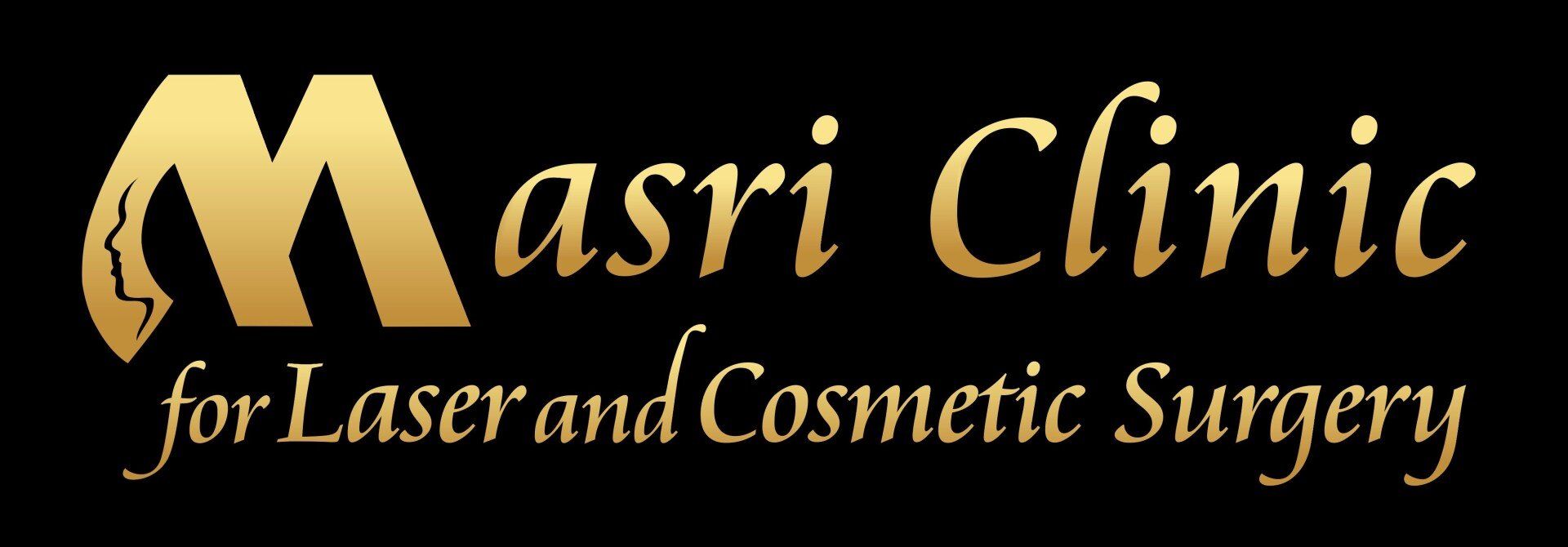Who Is a Good Candidate for Liquid Facelift?
Getting a liquid face lift has never been easier. As an easy alternative to facial plastic surgery, it's an excellent way to take care of issues like nasolabial folds, fine lines, and other facial wrinkles. Even when compared to the more popular wrinkle relaxers like Botox, injectable filler has become a common cosmetic procedure that you can access from your plastic surgeon or neighborhood cosmetic practice.
But while injectable dermal filler treatment can work wonders, who’s a good candidate for a liquid facelift procedure? For this type of non surgical procedure, patients who have minimal to moderate facial skin wrinkles or sagging are the best candidates. More serious cases will require a traditional surgical facelift, though it's possible to combine that with filler injection treatments if needed.
What Exactly Can You Expect From Facial Filler Injectables?
On the whole, the goal of dermal filler isn't that different from the goal of cosmetic surgery done by a facial plastic surgeon. The entire point of facial fillers is to fill in facial volume, improve facial features, and overall manage the signs of facial aging. While a traditional facelift accomplishes this in a very straightforward way by manipulating skin, the liquid facelift procedure works a little differently.
When you receive your injectable treatment, it doesn't immediately trigger any changes in your facial appearance or features. Rather, it provides an initial supporting structure for your facelift, then gradually disperses its active ingredient (usually hyaluronic acid, though other brands use other ingredients) to increase collagen production in your skin. The more collagen your skin can produce, the more resilient it gets against the daily wear and tear that it goes through.
The biggest difference between a liquid facelift and traditional facelift treatments is that the results from a liquid face treatment appear gradually over time. This can make it less traumatic on your skin compared to a surgical facelift, but it does come with some considerations about its use if you want to consider it as a facelift option.
Am I a Good Candidate for a Liquid Facelift?
Given these considerations, how would you know if you're a good candidate for a liquid facelift? Here are the things about getting this non surgical procedure that you should keep in mind:
Results aren't immediate or as permanent
The most significant thing to consider is that while liquid facelifts can give you the same results as a traditional surgical facelift, the results you get won't be as visible or last that long. On average, injectable dermal filler needs reapplication every 8 to 10 months, though some brands can last for up to 2 years depending on the treatment area or the lifestyle of the patient.
The reason for this limitation is that facial filler can't be absorbed by your body all at once, so it takes a while to help manage the signs of sagging skin and other facial wrinkles. Compared to facelift surgery (which has visible results as soon as you've recovered from the procedure), a liquid facelift treatment takes time. The gap between repeated treatments is still longer compared to other products like Botox injections. Since a liquid facelift works by boosting collagen production and not paralyzing facial muscles, your body doesn’t build up a resistance to it.
However, the biggest benefit to getting a liquid facelift over a traditional facelift surgery is that the procedure itself isn’t very invasive, requires little to no postoperative recovery time, and can be finished within less than an hour. Dermal fillers are designed to integrate as smoothly as possible with your particular lifestyle and routine and are a far less disruptive option if you can spare the time and patience needed to stick with the reapplication sessions. Consistent use of dermal filler also guarantees better results since you can effectively change your treatment over time.
Designed for mild to moderate facial lines and wrinkles
A liquid facelift treatment can work wonders if you get them in the right spots and with the right brand, but they’re not a catch-all product that can manage all facial lines and wrinkles. In some cases where there’s too much sagging or excess skin (either due to age, trauma, or considerable weight loss), dermal filler may not be enough to improve your situation. Despite their ability to boost collagen production and therefore skin rejuvenation, they can’t correct all skin issues on their own.
One way you can consider covering for this drawback is actually combining a surgical facelift treatment with liquid facelifts. Since liquid facelifts are non-invasive and take less of a toll on your skin compared to plastic surgery and other similar cosmetic procedures, you can combine the two treatments for better results. If you follow your dermatologist and your doctor’s advice, it should be possible for the surgical treatment to take care of the majority of your facelift while the liquid facelift provides long-term improvements.
Keep in mind that “mild to moderate” can differ from patient to patient based on a variety of factors, so what your provider will recommend to another patient may not always work for you. People’s reactions to liquid facelifts (and how long their results will last) can only be estimated based on the kind of dermal filler you’ll be using. Working closely with your cosmetic provider or dermatologist is the best way to get the results that you want.
Overall compatibility with other non surgical skin rejuvenation treatments
While dermal fillers count as a non surgical method of improving your skin’s appearance, it’s not the only method you can use that doesn’t rely on surgery. Most patients choose to combine their liquid facelifts with other treatments like skin tightening therapies and other fat reduction methods for better results. As non-invasive treatments, dermal fillers can work well with these procedures to give you a better facelift while still steering clear from the need for any kind of surgery.
However, the exact relationship and interactions that a liquid facelift can have with other skin tightening and skin rejuvenation therapies like radiotherapy or ultrasound therapy are still being studied, and you may experience some side effects if your dermal filler reacts poorly with any of these treatments. However, carefully coordinating with your dermatologist and monitoring your condition after each of your treatments are key to getting the best results.
One of the most common combinations used by dermatologists is Botox injection and dermal filler. The botulinum toxin provides quick short-term results by freezing facial muscles, giving the dermal filler time to be absorbed by the skin and work long-term. If you manage to find a provider that’s an expert in using facial injectables for facial rejuvenation, you’re far more likely to get better results with your combined treatments.
Pre-existing conditions, lifestyle, and environment
Finally, one of the most significant factors that can affect your viability for injectable dermal filler treatment is any pre-existing conditions. Smokers, people who are vulnerable to cold sores, or people who have allergies to certain products found in dermal filler can't use them for treating facial wrinkles. And while there isn't any firm ruling about the application of injectable treatments for pregnant women, your doctor wouldn't let you get them if you're pregnant or breastfeeding.
Another factor to consider is the lifestyle of the patient. If they live a fairly active lifestyle, they may need reapplication of dermal filler sooner than most patients. This is particularly true in the case of dynamic wrinkles (wrinkles that form when you make facial expressions) since they tend to become more noticeable over time. Sun exposure is also another concern for many patients who are getting dermal filler treatments since it can indirectly affect the results of their treatment by causing their skin to break down.
Finally, environmental factors can also play a role in how viable a candidate you can be for liquid facelift treatment. Some fillers (particularly the ones that are based on hyaluronic acid) will need some additional product or reapplication if you live in a hot area since you'll need more fluids to keep your skin healthy and hydrated. Patients in colder areas will need to be careful about not letting their skin become chafed by the lack of moisture in the air, which can affect the efficacy of their dermal filler treatment.
These considerations aren't the only deciding factors of whether or not you're suited for a liquid facelift, but they're some of the primary things that your provider will be looking for if you want to undergo that kind of treatment.
Liquid Facelift Procedure and Other Facial Rejuvenation Treatments at the Masri Clinic
Dr. Fatina Masri and Dr. Haitham Masri have extensive experience in providing both liquid facelift treatment and traditional facelift surgery to their patients, helping them address issues like sagging skin, facial wrinkles, and other conditions. By combining the very latest and best in plastic surgery and non surgical facelift options, Masri Clinic guarantees that you can regain your skin's youthful appearance and facial contour with or without the need for plastic surgery.
For more information about our surgical and nonsurgical treatments, schedule a consultation with us today.







